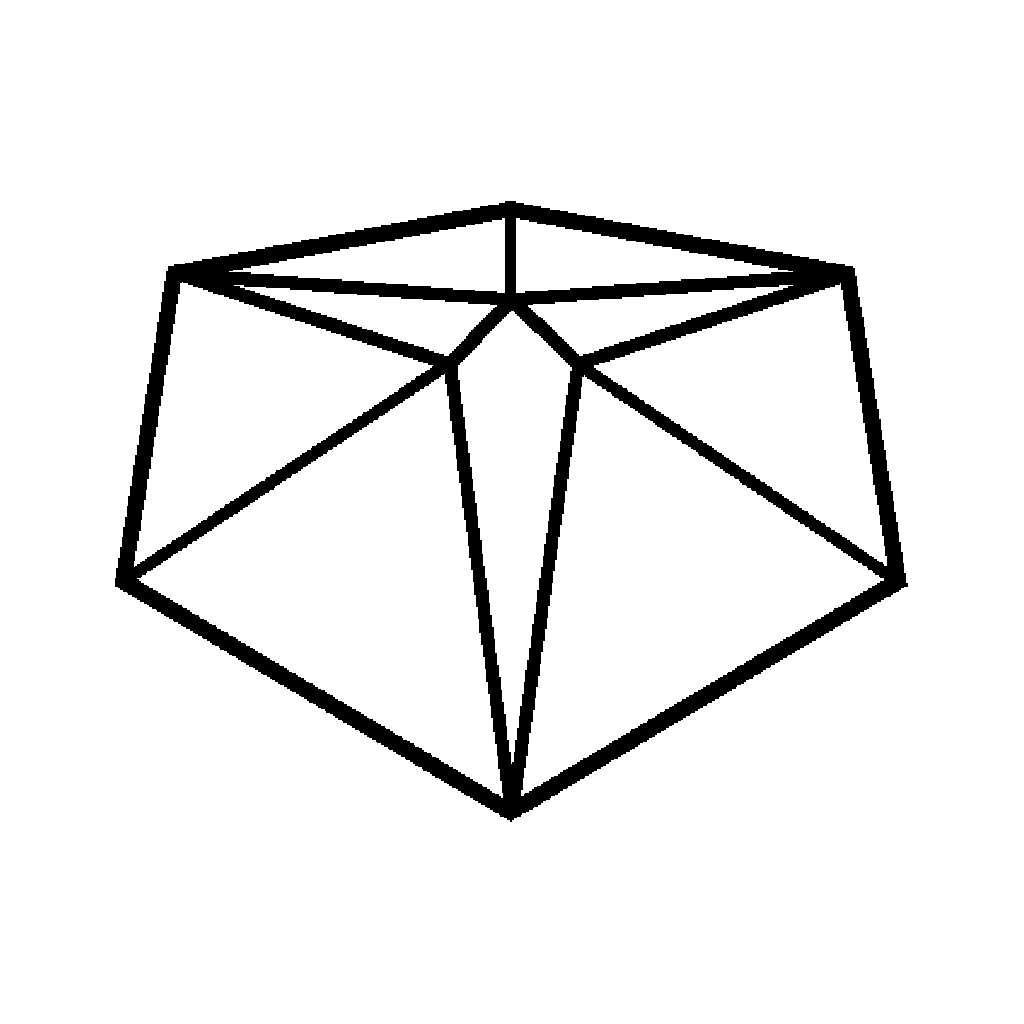It’s been some time since I posted a project video.
In this project, I’ve been thinking about time and how it is represented.
Drawing inspiration from the the team at Placed Atoms and artists at Kurzgesagt I’ve created my own digital display.
Not only does it include the date with a Human Era Year but I also shows the time in decimal format too.
Back in the early 90s, Cesare Emiliani proposed switching to a Human Era calendar by adding a 1 in front of the year.
The folks at Kurzgesagt have been producing a very nice Human era calendar for a few years now and we’re about to enter the year 12021.
The team at Placed Atoms have carved up the year in lots of interesting ways for their calendar too.
So I’m drawing inspiration from both of these to create a clock that shows Human Era years, with a single Day of Year date. The time on that clock will be decimal.
How we arrived at 24 hours a day with 60 minutes and 60 seconds is historically documented.
The Egyptians held that a day should be 10 units, with an extra period for dawn and dusk at each end. That’s 12 hours for the day and then they divided the night into 12 more units to match.
What about Minutes and Seconds? The Babylonians who were great mathmaticians favoured counting with the number 60, as it’s divisible in so many ways (halves, thirds, quarters, fifths and so on).
So it’s the Egyptians and the Babylonians that give us 24hours, 60 minutes and 60 seconds.
Multiplying this up gives us 86400 seconds in a day.
not a brain friendly number. it’s still divisible in the same number of ways but 1/2s 1/3s etc.
I would like to be able to display the position in the day, like the position in the year with a single number. Noon would be 43200 in regular seconds.
It would be nice if you could represent the day in a digital form and have 12-noon displayed as 1/2 or 0.5 in decimal format. better still 50000 out of a 100,000 ticks a day.
That means I need to cram in an extra 13600 ticks into the day, which I can do by making a tick last 0.86400s.
This has been proposed many times over the past few centuries and is refered to as decimal time. In fact, the last attempt in France was only abandoned in 1900 because it didn’t catch on.
I’ve programmed it to display the date and time in regular format to begin with. In decreasing size, we have years, months, days then hours, minutes and seconds. Just like you’re used to.
With a push of a button on the back, I can also cycle through a couple of extra date and time formats.
A second button flips the display to decimal format. Along with the human era year and the day of that year ,the number of seconds since midnight is translated to decimal time and displayed as a 5 digit number between 0 and 99999.
In honour of the team at placed atoms, I’ve also added a second format, which counts DOWN to midnight rather than counting up. that way you can easily see those deadlines ticking ever closer.
By holding down the buttons at the same time, you switch into SET mode, and the two buttons allow you to select which digit you want to alter (in regular date time format) and shift the value to a new figure. once all the digits (years thru to minutes) are checked, the clock returns to normal mode.
All of this is made by using Adafruit’s HT16K33 4 digit 7 segment display modules. These are driven from an Arduino by 4 wires, using i2c.
I’ve use 4 of those display modules along with a real time clock module that also runs over i2c.
The design for the box was made at the boxes-py site, where generates finger jointed boxes of various shapes and sizes using a series of forms. I selected and electronics box for this project.
I saved this file locally and loaded it into inkscape where I could modify the design to add cutouts for the components.
I then rearranged it all to fix on a couple of sheets of MDF in my k40 laser and cut these pieces out.
Keep your eyes on this page and I’ll add in a link to the Arduino source code when I’ve uploaded it to GitHub.
Thanks for stopping by.
Rob
